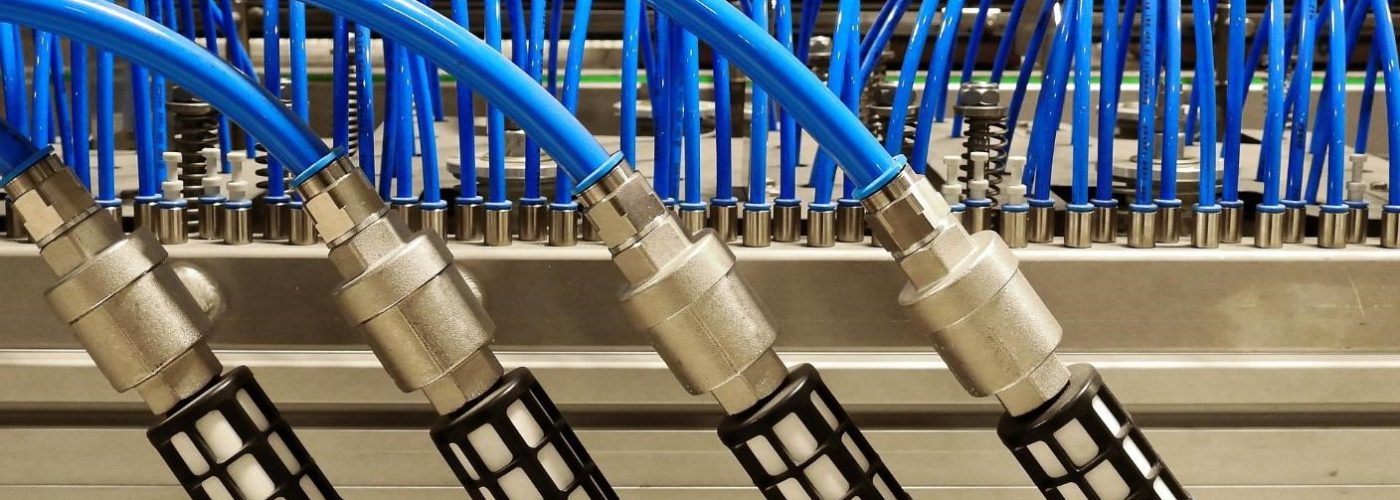This article explains how a pneumatic tube transports goods and people from one place to another fast and efficiently
Have you ever wondered how pneumatic tube transport works? Why it’s still used in certain parts of the world? Pneumatic tubes were first used back in the 19th century as a way of transporting mail and small packages along narrow underground tubes.
Today, they’re used by banks and corporate houses as a secure way of transmitting information or currency over long distances.
They can also be found in some locations in hospitals — where they are used to carry lab samples from one building to another. There is even an amusement park that uses pneumatic tubes to transport visitors from one area to another!
How does this modern marvel work exactly? Let’s take a closer look!
What Is a Pneumatic Tube Transport System?
First of all, we need to know what a pneumatic tube transport system is. It’s a type of transportation system that uses pressurized air to move containers from one place to another.
You’ve probably seen a pneumatic tube system in action before. It’s the manner of delivery that you’ve likely used to get a receipt from the bank drive-thru window or to send a card or letter to someone across town.
Essentially, it’s just a tube through which an item is transported—usually with the use of air pressure. However, modern tube systems do more. They use a T-SEP Assembly system instead of “saddles” or “notching” to separate the object from the tube, reducing the opportunity for crevice corrosion.
Let’s learn more about it with this brief explanation of how it works.
How Does a Pneumatic Tube Transport Work?
In short, the air is pushed through a series of long tubes from one end of an office or building to another with little capsules inside that hold information or documents, or other objects.
When the pneumatic transport system begins operating, it sucks the container in by reducing pressure on that side of the container. Once the container has been knocked past its inertia, the decrease in pressure stops and the increase in pressure on the other side propels it forward at speeds up to 70 MPH.
That sounds pretty simple, but when we think about how these systems have changed over time, it gets more exciting!
History of Pneumatic Tube
The concept of transporting objects via air was first envisioned by Leonardo da Vinci in 1502. However, the pneumatic tube system was first introduced in the 19th century for transporting small packages.
Although these systems weren’t formally adopted into the industry until the early 1900s, they’ve been integrated into the manufacturing industry ever since their inception.
This is due to their unique ability to save time and energy while also increasing efficiency when compared to hand-delivering items from one place to another.
Pneumatic Tubes Today
Nowadays, pneumatic system applications have become increasingly common in hospitals and factories, along with other industrial settings.
If you’ve ever been in a large building like a hospital or skyscraper, there’s a good chance you’ve taken part in the pneumatic tube system (PT) of transport. While it may seem like something out of the technological dark ages, pneumatic tubes are still used today—and they’re still just as awesome.
The London Underground uses them to send messages between certain station platforms and ticketing booths; FedEx uses them to send important documents back and forth, and even some hospitals use them to send test results from one floor to another.
Pneumatic Tube Transport System in Hospitals
Pneumatic transport systems are the basis of several medical procedures, including blood transfusions and endoscopies. They can also be used in surgeries to assist with a wide variety of invasive medical procedures, such as heart surgery, eye surgeries, and brain surgeries.
In hospitals, pneumatic transport systems are most used for blood transfusions because it allows for rapid flow and easy delivery of oxygenated blood through the veins in patients’ bodies. Medical tubing is made up of layers that consist of a core tube surrounded by a cover layer designed to protect the core tube from infections.
There are some other logistical uses of a pneumatic tube system in a hospital. The pneumatic tube transport system reduces the need for a human-based transport system (patient’s attendants/ward boys) by automating intra-facility logistics and material management.
Instead of having to walk each floor of a hospital to deliver information and materials from one area to another, this system allows information and materials to travel from one area to another via pipes that run through each floor. Basically, it connects multiple medical facilities.
Problems with Pneumatic Tube System
While pneumatic tubes have many benefits in terms of convenience and speed, they are not suitable for all areas within a building—especially small ones where traditional methods may be more effective.
Their purpose is just as much about efficiency as it is about security, which means that they can’t be used indoors if there are other options available (in this case—if someone really needs something quickly).
That’s why we don’t see much of its use today in buildings and other public facilities. However, the factories and hospitals will continue to use pneumatic tube transport systems until they find a better alternative!
Conclusion
Pneumatic tube transport has been in existence for hundreds of years. There have been some changes in the way it has been used and has progressed over time, but there are still plenty of examples today that use similar technology.
I hope that this blog about how pneumatic tube transport works has provided you with a perspective on how pneumatic tubes can be used to help get things from A to B.
Also, hopefully, now you’ll have an idea of what kinds of problems pneumatic tube transport solves and will set you down the road to learning more about them if you are interested.





